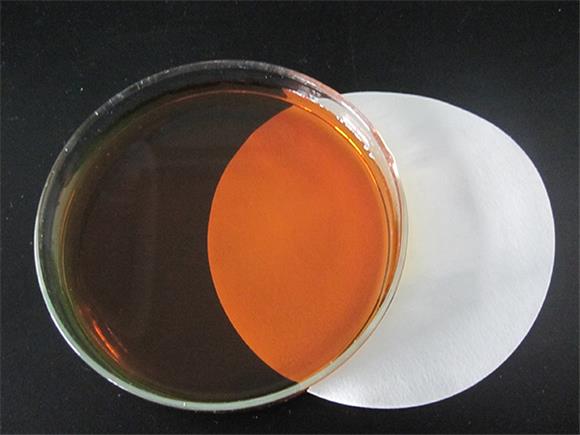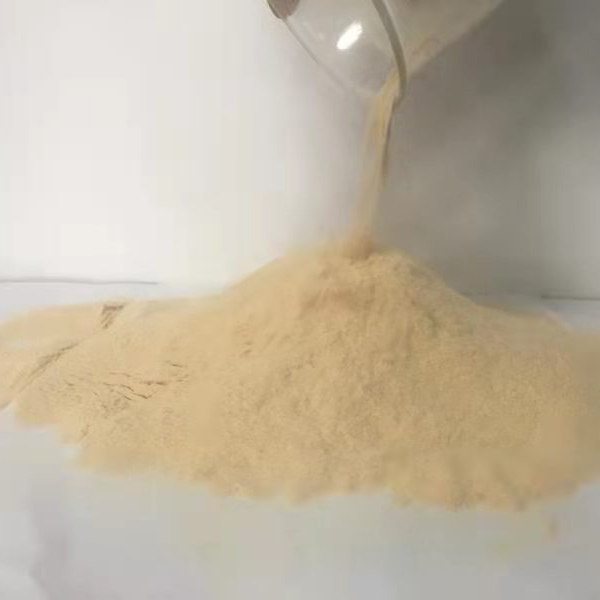
News
Şub . 17, 2025 18:21 Back to list
polyglutamic acid synthesis
Polyglutamic acid (PGA) synthesis has experienced significant advancements in recent years, captivating the attention of researchers and industry experts alike. A naturally occurring biopolymer, PGA is renowned for its moisture-retaining properties and biodegradability, making it highly attractive for applications in skincare, food, and biomedical industries. Responsible for innovating eco-friendly and high-efficacy products, PGA serves as a sustainable alternative, particularly valuable in the era of conscious consumerism. This article delves into the intricacies of PGA synthesis, exploring its production methods, advantages, and diverse applications.
Apart from skincare, PGA's applications extend to the food industry, serving as an additive to improve food texture and shelf-life. Its biodegradable nature further positions it as a preferred choice for producing edible films and coatings, contributing to sustainable packaging solutions. In agriculture, PGA is explored as a biopolymer for slow-release fertilizers, enhancing soil moisture retention and nutrient absorption, thereby promoting sustainable farming practices. Biomedical applications of PGA are equally promising. The polymer's biocompatibility and safety profile make it suitable for use in drug delivery systems, tissue engineering, and wound healing. In drug delivery, PGA nanoparticles are ideal for encapsulating therapeutic agents, providing targeted delivery, controlled release, and improved bioavailability. Furthermore, PGA-based hydrogels are being developed for tissue scaffolding, aiding in cartilage repair and regeneration due to their non-toxic and bioresorbable nature. Challenges in PGA synthesis, however, persist. The production cost and efficiency have always been bottlenecks. Nevertheless, continued research and development, coupled with technological advancements, hold the potential to overcome these limitations. Emphasis on sustainable practices and microbial process optimization is pivotal in reducing costs and enhancing production scalability, making PGA synthesis economically viable for broader industrial applications. In conclusion, polyglutamic acid synthesis stands at the forefront of biopolymer technology, driven by its versatile applications and sustainable attributes. As research continues to explore novel synthesis pathways and applications, PGA's role in the development of innovative, eco-friendly, and high-performance products is poised to expand. Its ability to meet the demands of an increasingly environmentally conscious market underscores its significance as a critical material of the future. The synthesis and application of PGA not only represent a scientific achievement but also embody a commitment to sustainability, technological advancement, and consumer welfare, setting a benchmark for future biopolymer innovations.


Apart from skincare, PGA's applications extend to the food industry, serving as an additive to improve food texture and shelf-life. Its biodegradable nature further positions it as a preferred choice for producing edible films and coatings, contributing to sustainable packaging solutions. In agriculture, PGA is explored as a biopolymer for slow-release fertilizers, enhancing soil moisture retention and nutrient absorption, thereby promoting sustainable farming practices. Biomedical applications of PGA are equally promising. The polymer's biocompatibility and safety profile make it suitable for use in drug delivery systems, tissue engineering, and wound healing. In drug delivery, PGA nanoparticles are ideal for encapsulating therapeutic agents, providing targeted delivery, controlled release, and improved bioavailability. Furthermore, PGA-based hydrogels are being developed for tissue scaffolding, aiding in cartilage repair and regeneration due to their non-toxic and bioresorbable nature. Challenges in PGA synthesis, however, persist. The production cost and efficiency have always been bottlenecks. Nevertheless, continued research and development, coupled with technological advancements, hold the potential to overcome these limitations. Emphasis on sustainable practices and microbial process optimization is pivotal in reducing costs and enhancing production scalability, making PGA synthesis economically viable for broader industrial applications. In conclusion, polyglutamic acid synthesis stands at the forefront of biopolymer technology, driven by its versatile applications and sustainable attributes. As research continues to explore novel synthesis pathways and applications, PGA's role in the development of innovative, eco-friendly, and high-performance products is poised to expand. Its ability to meet the demands of an increasingly environmentally conscious market underscores its significance as a critical material of the future. The synthesis and application of PGA not only represent a scientific achievement but also embody a commitment to sustainability, technological advancement, and consumer welfare, setting a benchmark for future biopolymer innovations.
Latest news
-
Polyaspartic Acid Salts in Agricultural Fertilizers: A Sustainable Solution
NewsJul.21,2025
-
OEM Chelating Agent Preservative Supplier & Manufacturer High-Quality Customized Solutions
NewsJul.08,2025
-
OEM Potassium Chelating Agent Manufacturer - Custom Potassium Oxalate & Citrate Solutions
NewsJul.08,2025
-
OEM Pentasodium DTPA Chelating Agent Supplier & Manufacturer High Purity & Cost-Effective Solutions
NewsJul.08,2025
-
High-Efficiency Chelated Trace Elements Fertilizer Bulk Supplier & Manufacturer Quotes
NewsJul.07,2025
-
High Quality K Formation for a Chelating Agent – Reliable Manufacturer & Supplier
NewsJul.07,2025
